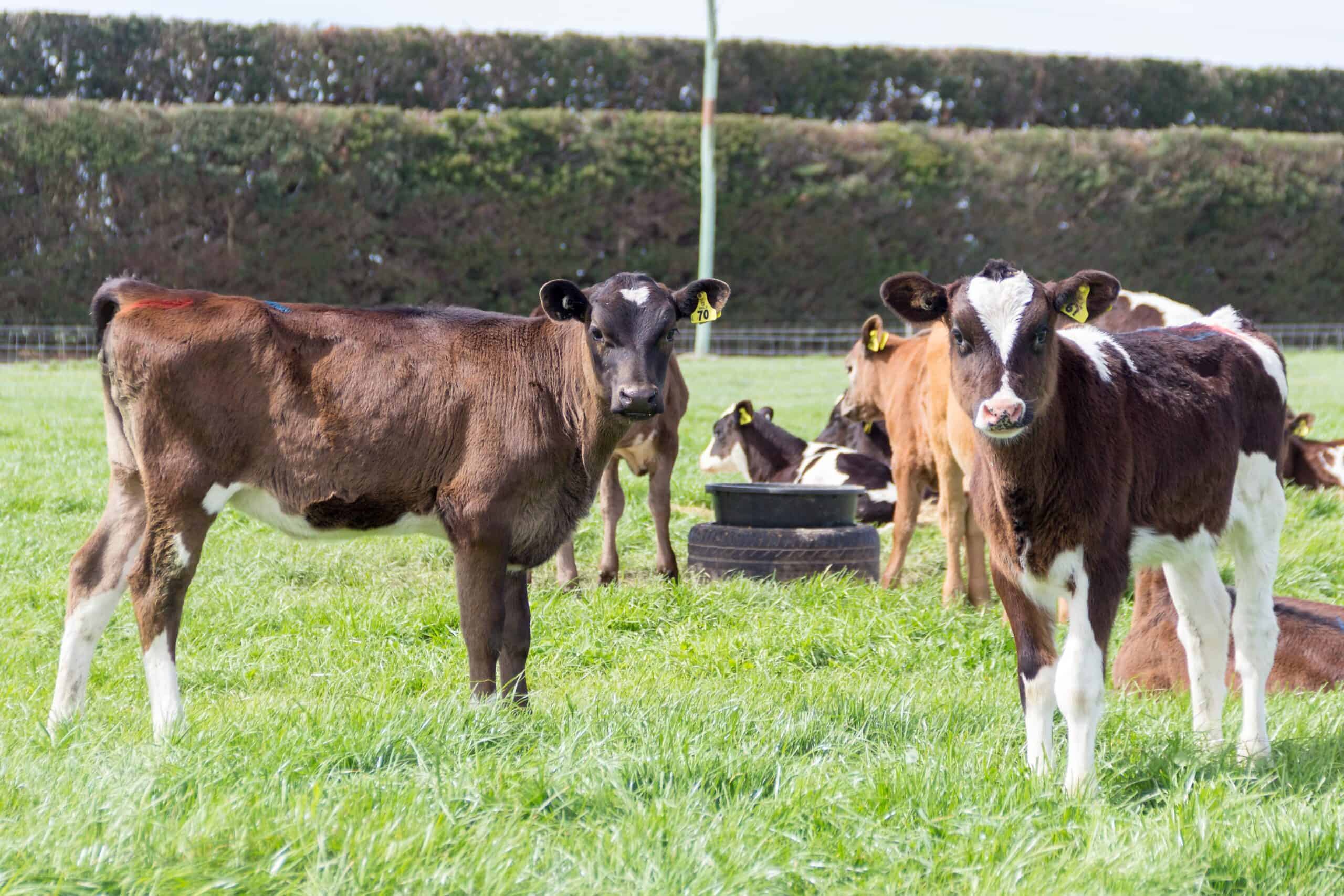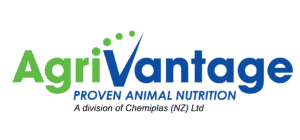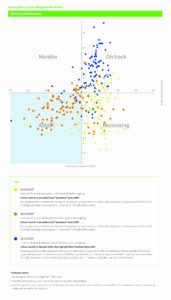News

Why a cheap milk replacer is not cost-effective
THIS BLOG IS BROUGHT TO YOU BY:

Taking advantage of science and innovation. That’s what should take calf feeding programmes away from a singular focus on cost-savings to being much more future focused; the gains from giving calves the best start in life will pay off in better productivity and lifetime performance.
Formerly Territory Manager for CRV, AgriVantage South Island Business Manager Cheryl Farrar is passionate about rearing animals to maximise their genetic potential.
“Farmers pay good money for genetics, so why wouldn’t they give those calves the very best start? By this I mean quality colostrum, consistently good quality milk, good biosecurity and housing.
“With nutrition being an obvious investment, let’s think about the phrase ‘you are what you eat’. Feeding calves cheap, standard quality milk replacer will likely result in less growth pre-weaning, less resistance to disease, more losses.
“Whereas, feeding your calves more, quality milk will increase growth rates, improve future robustness and optimise organ development which leads to improved long term productivity – in other words increased meat yield for beef and more milk for dairy.”
It’s usually cheap for a reason.
Independent Animal Nutritionist Natalie Chrystal says that when a product is cheap, there is generally a reason.
“You get what you pay for” says Natalie. “Many milk replacers are produced using raw materials which were initially intended for human consumption but didn’t make the grade and they are often less digestible than one would expect. Ultimately, this means less growth in your calves. And, more often than not, while the cost per bag is lower, the cost per calf is higher.
“Choosing a milk replacer which is specifically formulated to provide calves with the energy, amino acids, vitamins and minerals that will give them the very best start to life and which is backed by science and innovation should be your first consideration.”
Going by what is on the label is not that reliable either.
“Most milk replacers will specify the protein content on the bag” continues Natalie. “Unfortunately, this doesn’t tell you much about how much of that protein or fat the young animal can utilise for growth, and more isn’t always better.
“The manufacturing process for many milk powders can damage the proteins present, making these less digestible – even though the protein content doesn’t change. This is often the case for milk powders diverted from the more valuable human food market.”
Careful selection of fat sources used in a milk replacer, combined with manufacturing technologies which increase fat digestibility in the young animal, are a much more important consideration than the fat level declared on the bag. Natalie recommends choosing a milk replacer which contains highly digestible fat sources like milk fat, palm fat and coconut oil and one where the fat is homogenised – small fat molecules are easily digestible.
She adds that not all CMR powders are formulated the same or made from the same ingredients. In some cases, the same brand will even differ from batch to batch, which is not ideal for a young animal.
“The source of ingredients and the manufacturing processes for milk replacers both play significant roles in digestibility. Digestibility is key; it ensures the animal gets the most out of the feed, providing them with the protein and energy they need to grow.”
Paying for quality pays off in the end.
Taranaki Dairy Farmer LeAnne Blakelock will attribute to this. In 2021, she changed her system from TAD feeding with a premium whey powder to adlib feeding with Sprayfo Delta energised calf milk and then Sprayfo Blue Premium.
Sprayfo milk replacers are made in the Netherlands by Trouw Nutrition. Made with high quality dairy proteins and vegetable fats, homogenised and spray-dried (a manufacturing process unique to Sprayfo) Sprayfo milk replacers are both nutritionally balanced and highly digestible to meet the requirements of growing calves.
LeAnne says she chose Sprayfo for the science behind it. “I like the transparency. You know exactly how Sprayfo is made and what’s in it.”

Having done the tail-end of one season and then a full season with Sprayfo, she is well pleased with the performance of her calves and the cost-effectiveness of the product.
“With Sprayfo, we reared better calves with fewer losses” says LeAnne.
“The cost per bag was more but (even with adlib feeding) I ended up using the same amount of powder and weaned the calves 2-3 weeks earlier.
“With the other whey product, we had a 7-10 per cent death rate annually. Last year, our first full season on Sprayfo, we had significantly less health issues, losing only one calf to Rotavirus. In fact, a pen of 19 got Rotavirus and 18 recovered without intervention, other than leaving a trough of electrolytes out for them to drink.
“Our Sprayfo calves have been more vigorous, healthier and bigger. We see calves sitting and chewing the cud at 30 days old.”
Saving $250 per tonne will save less than $5 on the cost of rearing a calf.
By growing bigger, more robust calves, that amount is easily repaid in additional milk (or meat) and less disease (or vet bills). It will also ensure that your young stock match future demand – i.e., more production with fewer animals.
